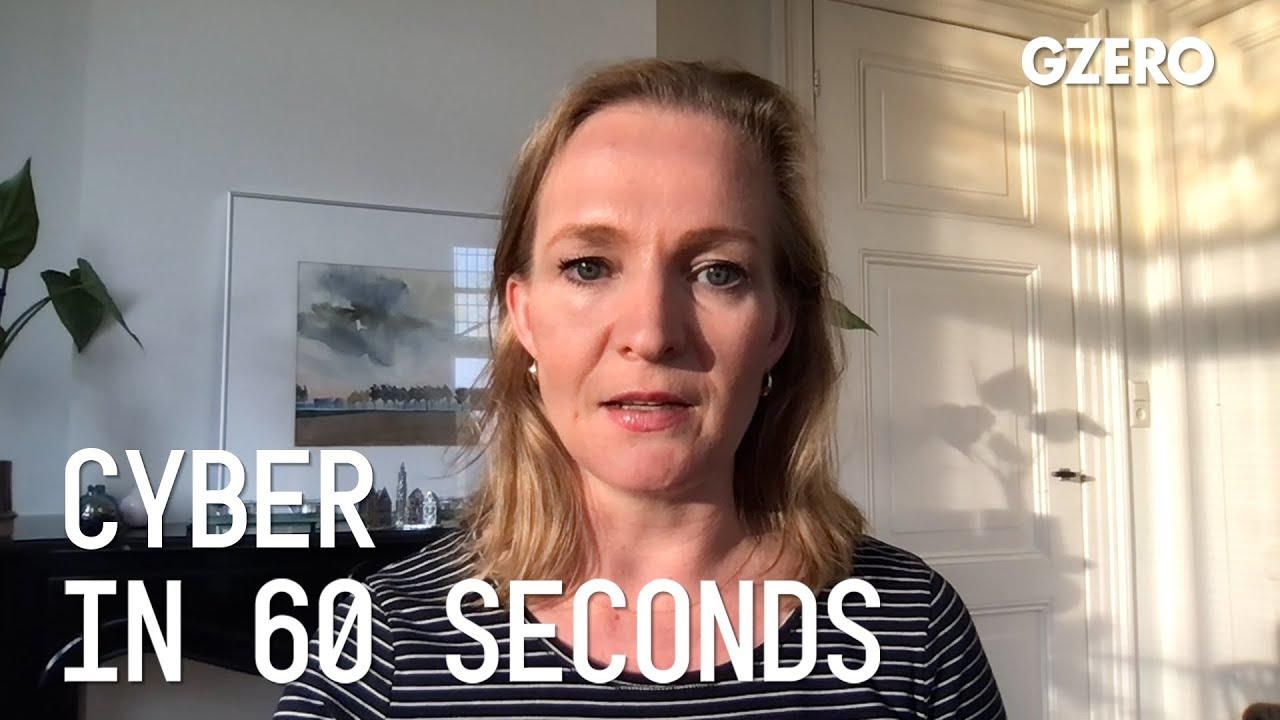Cyber in 60 Seconds
QUAD supply chain strategy to consider values; new AI-powered weapons

Placeholder | Cyber In :60 | GZERO Media

Marietje Schaake, International Policy Director at Stanford's Cyber Policy Center, Eurasia Group senior advisor and former MEP, discusses trends in big tech, privacy protection and cyberspace:
How will the QUAD leaders address the microchip supply chain issue during their meeting this week?
Well, the idea for leaders of the US, Japan, India, and Australia, is to collaborate more intensively on building secure supply chains for semiconductors, and that is in response to China's growing assertiveness. I think it's remarkable to see that values are becoming much more clearly articulated by world leaders when they're talking about governing advanced technologies. The current draft statement ahead of the QUAD meeting says that collaboration should be based on the rule of respecting human rights.
Will AI dominate the future battlefields?
Well, we've already seen new uses of AI-powered arms, but also new opportunities for cyberattacks from the increased use of AI, which leads to growing and vulnerable attack surface. The New York Times recently investigated how Iran's top nuclear official was executed with an AI-assisted, remote-controlled killing device. The gun, equipped with intelligent satellite systems, used AI to verify when and at whom to fire the lethal shots. So there are new weapons, but also new opportunities to exploit vulnerabilities in AI. It is safe to say that warfare is already changing and that in many ways, conflict and cyberattacks, as a result of both, the specific use in arms as well as the broad uptake in society will change dramatically.
Mastercard Economic Institute's Outlook 2026 explores the forces redefining global business. Tariffs, technology, and transformation define an adaptive economy for the year ahead. Expect moderate growth amid easing inflation, evolving fiscal policies, and rapid AI adoption, driving productivity. Digital transformation for SMEs and shifts in trade and consumer behavior will shape strategies worldwide. Stay ahead with insights to help navigate complexity and seize emerging opportunities. Learn more here.
Despite a ceasefire in Gaza, Israel is still not letting foreign journalists in to independently verify what’s happening on the ground, CNN’s Clarissa Ward tells Ian Bremmer on GZERO World.
On Ask Ian, Ian Bremmer breaks down the steady escalation of US pressure on Venezuela and why direct military action is now a real possibility.
From civil conflicts to trade wars to the rise of new technologies, GZERO runs through the stories that have shaped this year in geopolitics.